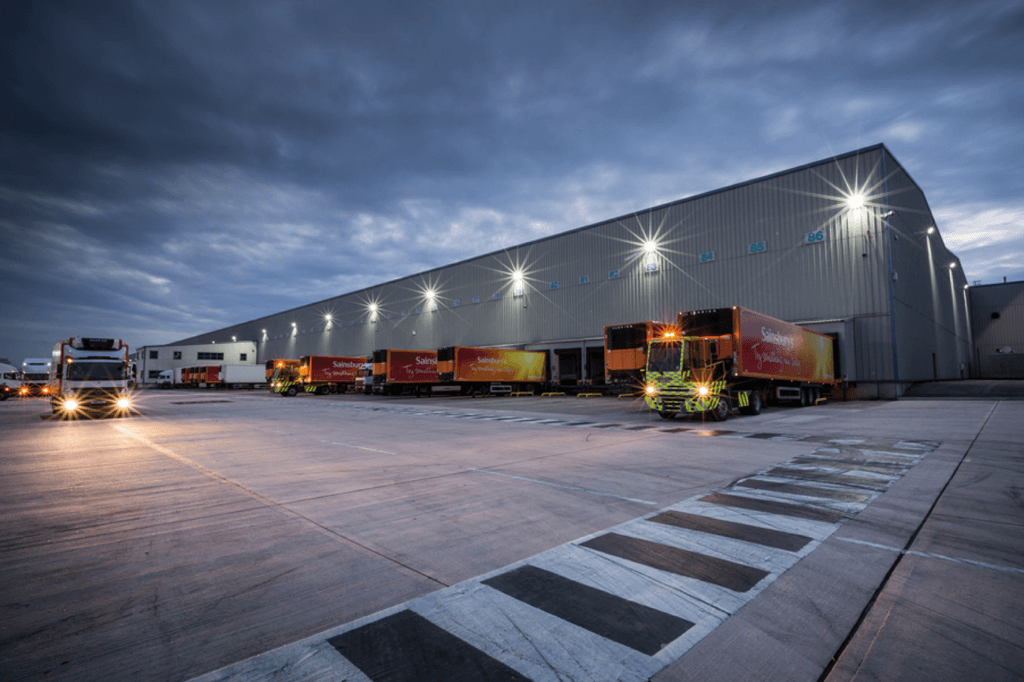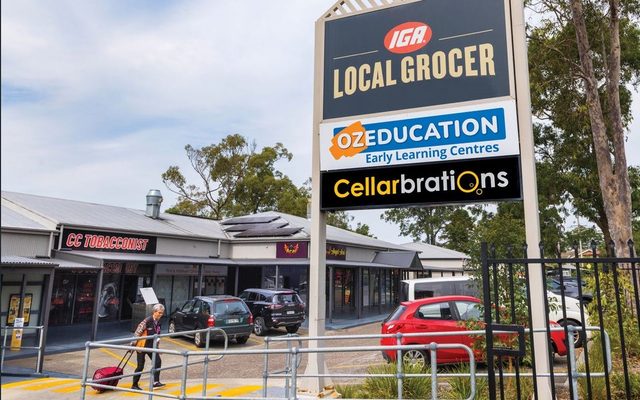This article is from the Australian Property Journal archive
EXCLUSIVE: RORY Costelloe’s Villawood Properties is offloading seven childcare sites spread across its master-planned communities in Melbourne, as population growth and government support set up the sector for a strong future.
The seven sites are located in growth corridor areas, respectively within its Alamora Estate in Tarneit, Aspire Estate in Fraser Rise, Coridale Estate, Lara, Kimberley Estate, Sunbury, Moorabool Estate, Bell Post Hill, Redstone Estate, Sunbury and Rathdowne Estate in Wollert.
The portfolio of sites is being offered for sale by B&S Land’s Callum Williamson and Andrew Egan via expressions of interest.
“This is an extremely rare opportunity to purchase seven raw childcare sites in-one-line or individually in highly sought after locations. We are expecting strong competition for the sites, particularly as they are centrally located in Villawood Properties’ communities, close to the resort-style residents club, schools, shops and parks,” Williamson said.
Egan said there are high levels of demand for childcare sites principally in well-located housing estates close to schools and other complimentary amenity.
General manager of Villawood Properties, Andrew Duggan said, “We put a lot of thought into our estates and a lot of work into creating a fantastic and cohesive living environment with high levels of amenity throughout…All the sites are situated in our core activity areas, and we think this brings huge value to our residents and improves the liveability of our estates.”
The listing follows a run of premium Melbourne childcare centres changing hands, including a two-year-old facility in the south eastern growth corridor suburb of Beaconsfield selling for $8 million.
Cushman & Wakefield’s latest Australian Property Insights report on the childcare real estate investment market highlights population growth and a higher number of dual-income households are boosting demand for childcare services.
“The number of children, hours attended, and the participation rate in childcare continues to increase year on year. This consistent growth is a clear indicator of the sector’s vitality and the increasing reliance of families on these services,” said Jake McKinnon, national research manager at Cushman & Wakefield.
Productivity Commission projections indicate a 9% increase in the 0 to 12-year-old demographic, increasing from 4,140,000 in June 2023 to an estimated 4,498,000 by June 2043. Specifically, within the critical 0 to five-year-old segment, a 13% increase is forecast, translating to an additional 236,000 children by June 2043..
The growth in dual-working parents reflects both the rising need for dual-income households and the societal recognition of the importance of early childhood education, McKinnon said. The average hours of attendance per week of children aged 0 to five years at Australian government-approved centre-based care services rose from 25.6 hours per week in 2011 to 33 hours in 2023
Federal funding initiatives and subsidies aimed at making childcare more accessible and affordable for families include last year’s increase in the childcare subsidy rates from 85% to 90% for families earning less than $80,000, tapering down one percentage point for each additional $5,000 in income.
“This government backing is a cornerstone of the sector’s growth and provides a stable foundation for its future development,” McKinnon said.
Despite the current interest rate environment, childcare yields have remained relatively stable with only a slight decompression, considerably less than some other sectors, the Cushman & Wakefield report shows. City-based centre yield increased marginally from 5.0% to 5.1% in 2023, while non-capital city based centres saw a modest increased from 5.3% to 5.8%.
“This resilience underscores the essential nature of childcare services and the robust demand that underpins the sector. Investors continue to view childcare as a stable and secure investment, which is crucial in times of economic uncertainty,” McKinnon said.





